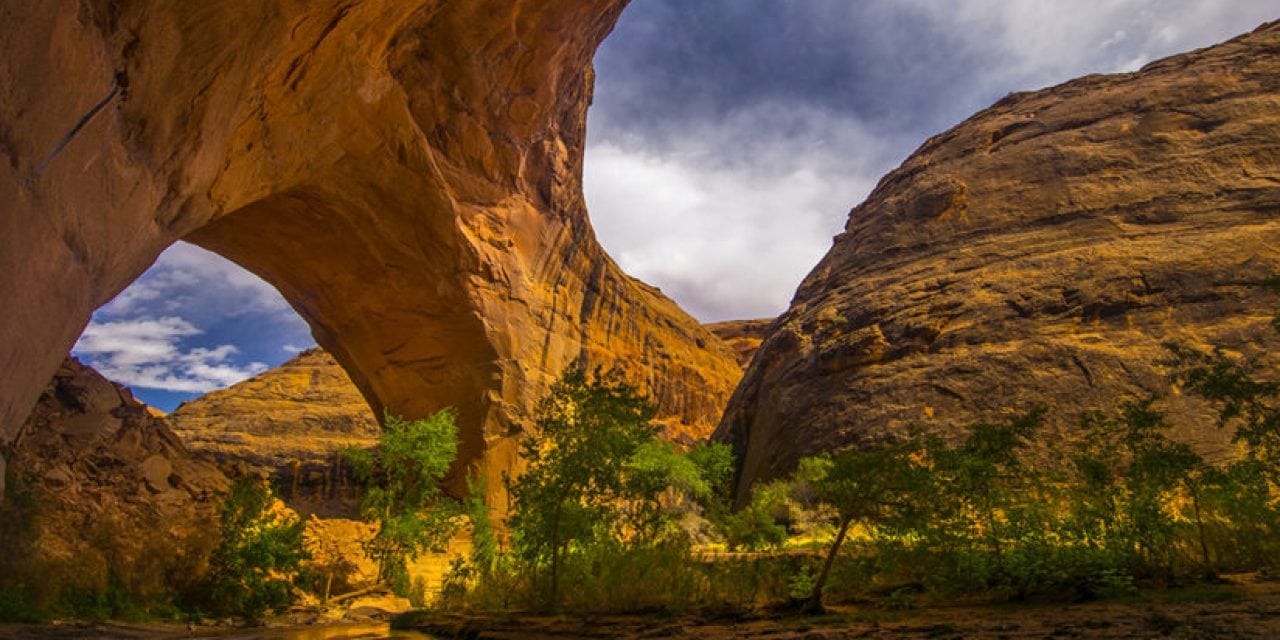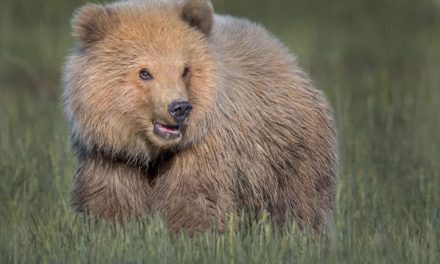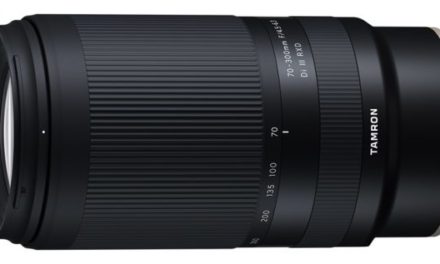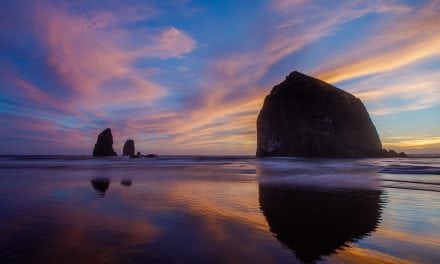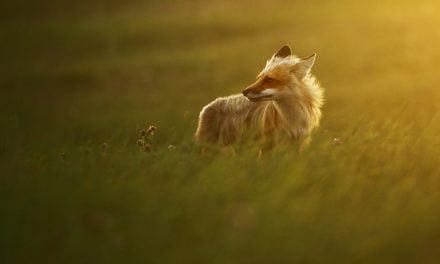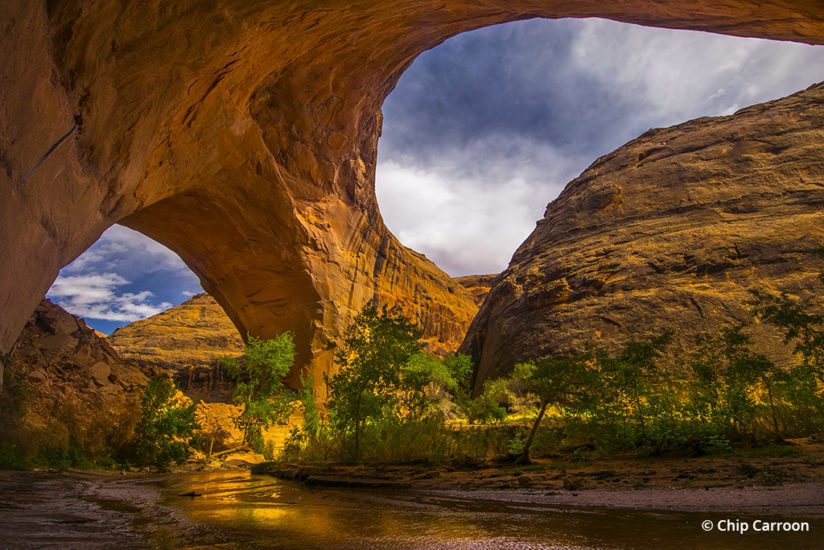
The southwestern United States is home to many natural arches and bridges. Terrestrial arches with present-day watercourses are uncommon. A notable exception occurs in Grand Staircase-Escalante National Monument at Coyote Gulch, where one can see several stages of arch development in Jurassic Navajo Sandstone adjacent to a perennial stream. Going down the canyon, you first see a curving, overhanging wall that’s similar to a typical arch. Next to it is an archway through a rock fin that’s bordered by the stream. There’s reason to believe that this arch will be enlarged in a geologically short time and that the stream will eventually flow under it. A third phase of development can be seen a short distance downstream, where erosion through a rock fin has progressed to the point that the stream flow has already been redirected and takes a shortcut under that natural bridge.
Weather At Coyote Gulch
Grand Staircase-Escalante is an arid land with large temperature variations during the year. Summers can be hot and winters quite cold. Spring and fall will often have the diversity of passing weather fronts and pleasant temperatures. Some of your best pictures will be when the typically blue skies have a lot of clouds during changing conditions. When you’re in the area, check weather forecasts and try to be in position as the front passes. However, occasionally, if significant precipitation is expected, you should stay out of the canyon.
Best Times
Many people visit this national monument in the spring and fall. Part of this reasoning is that mid-summer is quite warm. However, early and late summer are good times with maximum temperatures in the 80s. This may seem warm for hiking, but it’s actually about right in the deep canyons where you’re in shade much of the day. Spring and early summer have the advantage of more water flow in the stream, and late summer and fall offer colored foliage.
Photo Experience At Coyote Gulch
Access to this canyon is by backpacking along a trail that follows the creek. You’ll need to frequently walk in the creek, so choose appropriate footwear. I wanted to explore all of Coyote Gulch, which meant about 25 miles of hiking. One could go to the central part of the canyon to see the most prominent features during a 15-mile round-trip hike. Due to the length of the trek, I chose lightweight cameras along with a small tripod. Remember that one of the constraints in deep canyons is that you need a very wide-angle lens to adequately capture the surroundings.
I had a general vision for the imagery, and I had been to nearby parts of the monument but wasn’t able to do a reconnaissance of the specific surroundings owing to the distance. Thus, I spent a lot of time walking around the area to find the best angles, compositions and lighting. After a lot of trials, I found this image, though there are numerous other potential compositions in this strange environment of curving overhead walls. The enjoyable aspect of this location is that your photographic subjects are stunning and impactful, yet there are very few people around to disturb your work.
Contact: Grand Staircase-Escalante National Monument, utah.com/grand-staircase-escalante.
The post Coyote Gulch appeared first on Outdoor Photographer.

